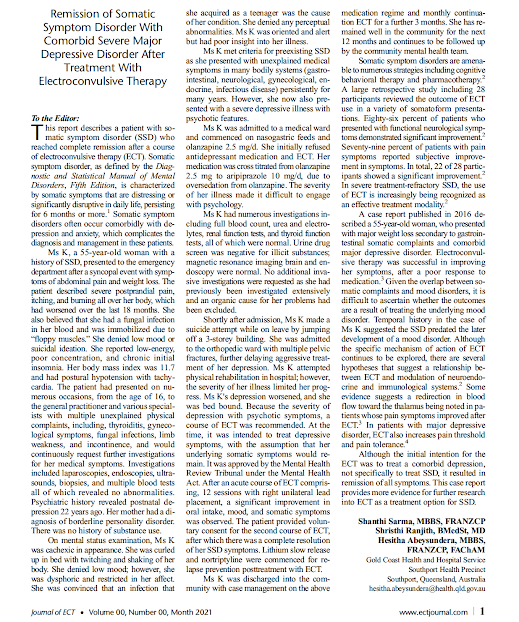Bipolarity as a Factor in Relapse After ECT: New Study From Japan

Out on PubMed, from investigators in Japan, is this study: Factors causing a relapse of major depressive disorders following successful electroconvulsive therapy: A retrospective cohort study. Kurimoto N, Inagaki T, Aoki T, Kadotani H, Kurimoto F, Kuriyama K, Yamada N, Ozeki Y. World J Psychiatry. 2021 Oct 19;11(10):841-853. doi: 10.5498/wjp.v11.i10.841. eCollection 2021 Oct 19. PMID: 34733646 The abstract is copied below: Background: Electroconvulsive therapy (ECT) is used to treat major depressive disorder (MDD). Relapse is often observed even after successful ECT, followed by adequate pharmaceutical treatment for MDD. Aim: To investigate the diagnostic factors and treatment strategies associated with depression relapse. Methods: We analyzed the relationships between relapse, the diagnostic change from MDD to bipolar disorder (BP), and treatment after the initial ECT. We performed a 3-year retrospective study of the prognoses of 85 patients of the Shiga University of Medical Sc














